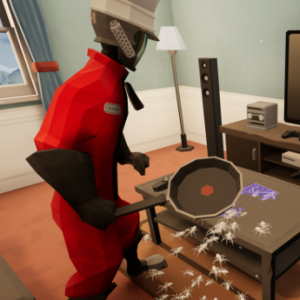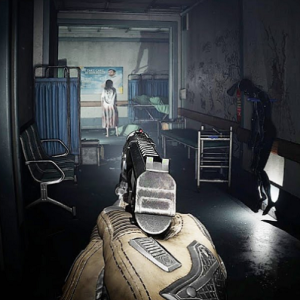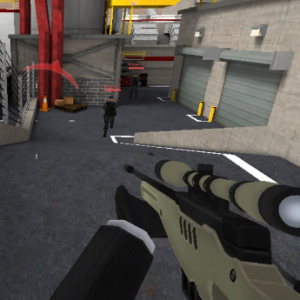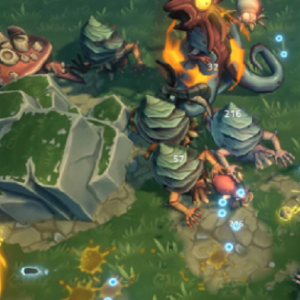Similiar games
The Sushi House introduces players to a small restaurant where everyday work becomes the gateway to a slow-building mystery. The game begins with a straightforward part-time job that appears simple at first glance: preparing sushi, assisting customers and maintaining the workspace. As the routine unfolds, small disruptions emerge, leading players to question the normal functioning of the restaurant. The experience relies on first-person interaction, using ordinary tasks as the foundation for narrative progression.
Workplace Routine and Early Shifts
At the beginning of The Sushi House, a coworker guides the player through basic tasks and explains how the establishment operates. Orders must be assembled according to instructions, tools need to be cleaned and certain duties must be completed at the end of each shift. The opening hours of the experience feel predictable, focusing on learning the environment rather than advancing the story. But with each new workday, small differences appear, drawing attention to details that previously seemed irrelevant.
Players regularly interact with a core set of mechanics:
- Following step-by-step sushi preparation procedures.
- Cleaning designated areas at specific times.
- Inspecting objects that shift in relevance as the story develops.
- Engaging in short dialogues that hint at underlying tension.
- Completing daily cycles that advance the timeline.
These mechanics maintain a balance between practical tasks and emerging narrative clues.
Environment and Subtle Changes
The restaurant consists of a compact kitchen, a serving counter and a few restricted rooms that gradually open as the game advances. Environmental cues—unusual sounds, rearranged objects or altered lighting—signal that something within the establishment is changing. These shifts occur quietly, encouraging players to rely on observation. Instead of direct confrontation, the game uses atmospheric elements to guide the player toward what lies beneath the routine.
Narrative Through Progression
Rather than presenting large plot events, The Sushi House builds its story through repetition and gradual deviation. Each shift introduces new signs that the restaurant is not entirely ordinary. Conversations may include indirect remarks, while changes in the environment point to unseen influences shaping the workday. The narrative depends on piecing together these small discoveries to understand the restaurant’s hidden truth.



















